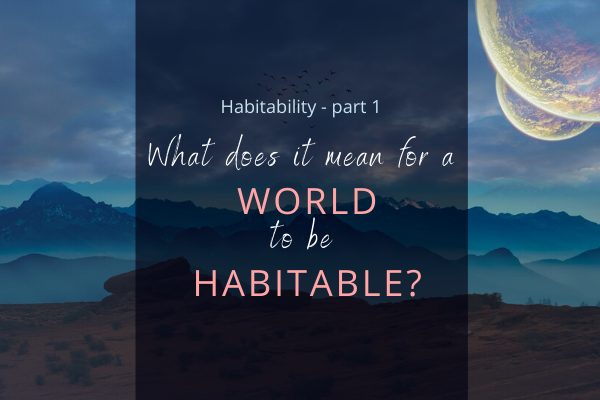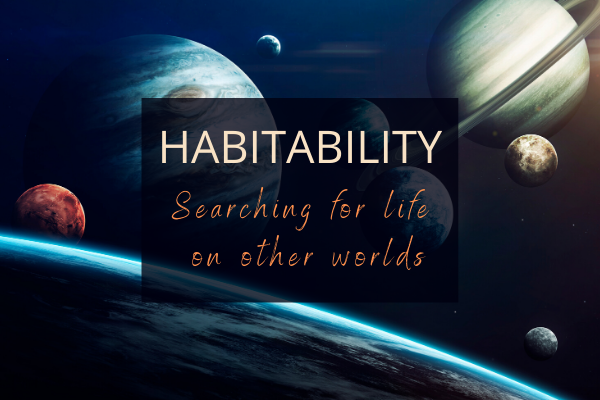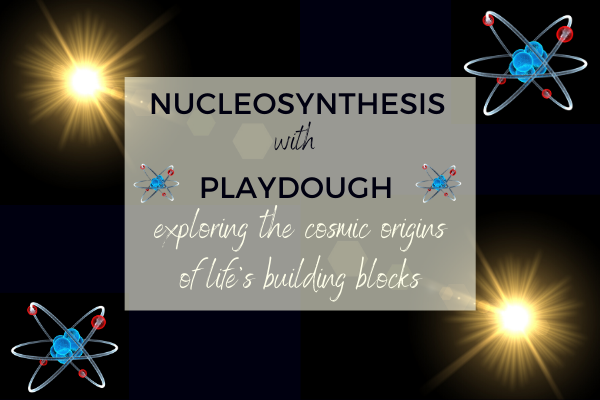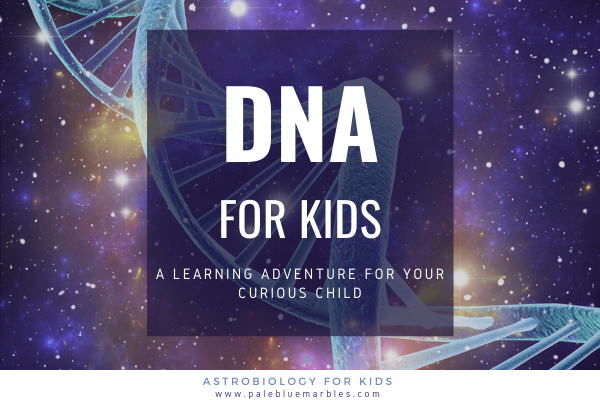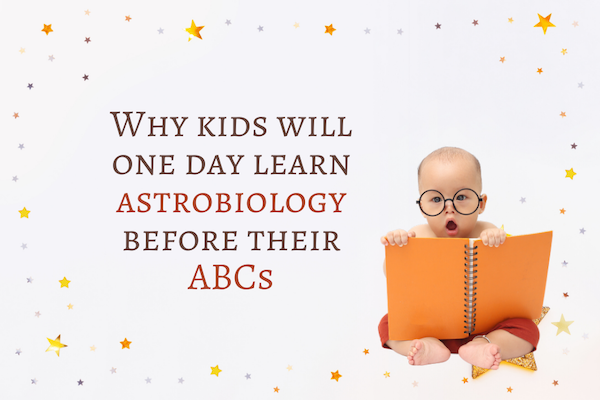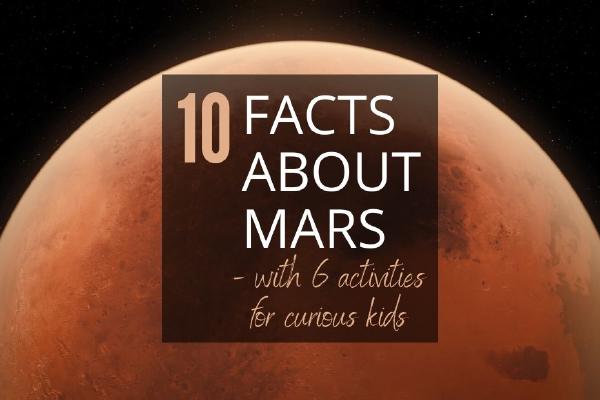Learn about the molecules that make life in the Universe possible, and their fascinating journey through the cosmos, with my astrobiology #MoleculeMonday series.
#MoleculeMonday#
I ran a series where each week, on a Monday, I highlighted a molecule important for astrobiology – to help get children excited about chemistry. I’ve collated all the posts here with extra details and activities.
Read on for some marvellous molecule fun and learn about the most interesting molecules in our Universe!
Do you have a favourite molecule? Leave a comment and let me know – if it’s important for life in the Universe I’ll add it to my list of #MoleculeMonday posts!
Marvellous molecules#
You might not give molecules much thought in your day-to-day life, but without atoms grouping together to form molecules, you would not exist – and nor would the planet.
Molecules come in a wide and wonderful variety of forms – from the simplest molecule of hydrogen to the complex molecules of your DNA. Many of them are essential for life as we know it and all of them have had a fascinating cosmic journey.
- Where did these molecules come from?
- What do they do?
- Why are they important?
Here are all the posts so far, follow the links to jump to your favourite molecule.
#MoleculeMonday 1. Methylidyne#
This carbon-hydrogen molecule is the first step towards all carbon chemistry, which is what all life on Earth is based on. But it doesn’t exist for long on Earth (it is highly reactive).
CH is found in the clouds of interstellar dust and gas. It forms there when ultraviolet light from massive hot young stars heats up carbon (formed inside stars) and hydrogen (formed in the big bang) enough that they react.
It was the first molecule discovered in interstellar space (in 1937).
#MoleculeMonday 2. Glycolaldehyde#
This molecule may have been a precursor to the molecules required for the origin of life, and was likely delivered in large quantities to the surface of Earth by comets billions of years ago.
Something to think about if you are lucky enough to see comet C/2020 F3 (NEOWISE) passing by Earth this year.
#MoleculeMonday 3. Water#
This molecule is one that you depend on every day: it’s of the three main requirements for life as we know it.
Related post: what does it mean for a world to be habitable?
#MoleculeMonday 4. DNA#
This molecule holds the blueprint for all life on Earth. It is truly amazing.
#MoleculeMonday 5. Oxygen#
This molecule is created by life and supports the largest ecosystem on Earth. You cannot survive without it and nor can any other animal.


